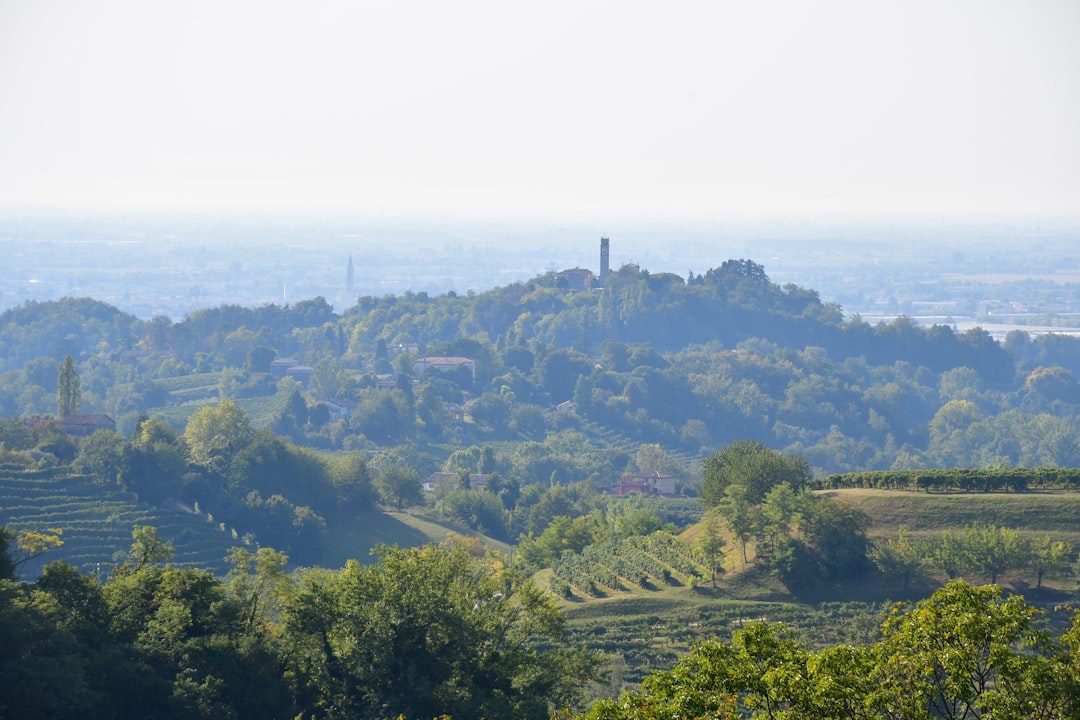World
How Agroecology Can Save the World

Agriculture is facing the challenge of increasing food production for the growing population. At the same time, it is vital to reduce the environmental impact. Modern technology solutions such as EOSDA Crop Monitoring help farmers be more knowledgeable and accurate in resource use, planning, and other aspects of agriculture. In addition, agribusiness participants around the world are trying different practices and techniques to build resilience.
Agroecology is becoming the subject of an increasing number of farmers. It is an alternative approach to farming that considers natural ecosystems and uses local knowledge of the cultivation of various crops. There are examples of the use of agroecological methods all over the world. In this piece, you can find out what agroecology is and answer other connected questions.
What is agroecology?
Agroecology studies the interaction of organisms with each other, as well as with the environment. This industry combines agricultural practices of farming and ecology. Agroecology uses ecological theory to create new sustainable farming practices that conserve resources and increase yields. It takes into account various factors, including economics, cultural traditions, and politics.
The methods of agroecology methods are used in both agriculture and timber harvesting. Agroecologists suggest choosing and combining methods based on location and other factors, not solely relying on organic farming. They also provide a list of general guidelines for improving farm stability.
Agroecology uses various methods, but they are all aimed at achieving specific goals. The introduction of agro-ecological practices involves reducing the environmental impact and mitigating the effects of climate change. Conservation of wildlife and reducing the effects of agriculture on it is also an important point.
Where did agroecology appear?
The term agroecology appeared in 1928, but the concept of ‘crop ecology’ has been known since 1911. It was formulated in F. H. King’s Farmers for Forty Centuries, and the author described the experience of Chinese farmers who cultivated the same land for 40,000 years. During the Green Decade, interest in agroecology increased significantly, and it became a separate discipline and field of study at universities.
Agroecology in action
One of the most prominent examples of agroecology is agroforestry. This practice is co-growing trees and farming, and thus, farmers can combine food production with nature.
Grazing under the trees is also beneficial as the animals are protected from heat or rain and feed there. For farmers, this combination is also beneficial since they can get nuts, fruits, or wood and harvest grain. Thus, farmers can receive another source of income. Trees have another critical function in helping to prevent soil erosion.
How can I support agroecology?
If you want to support agroecological agriculture, it’s pretty easy to do. Interact with farmers and producers in your area. This interaction can manifest itself in buying organic produce or joining local vegetable-growing programs.
You can find unique labels on organic products that indicate that the products have been grown with high environmental standards. However, to achieve an agroecological future, all agribusiness actors must maintain a new sustainable mindset. It is essential to be aware of food production methods, environment, and agricultural practices.
Final Thoughts
The agroecological concept appeared at the beginning of the 20th century. The use of agroecological methods helps increase the farm’s sustainability and reduce the impact of agriculture on the environment. This approach involves caring for wildlife, more rational and precise use of resources.
You don’t have to be in agribusiness to support agroecology. It’s enough to interact with local farmers and buy labeled organic products, and it’s also essential to take an interest in cultivation and agricultural practices. Agroecology undoubtedly can become a part of our sustainable future and should become a part of the modern agrarians’ mindset.
to request, modification Contact us at Here or [email protected]



